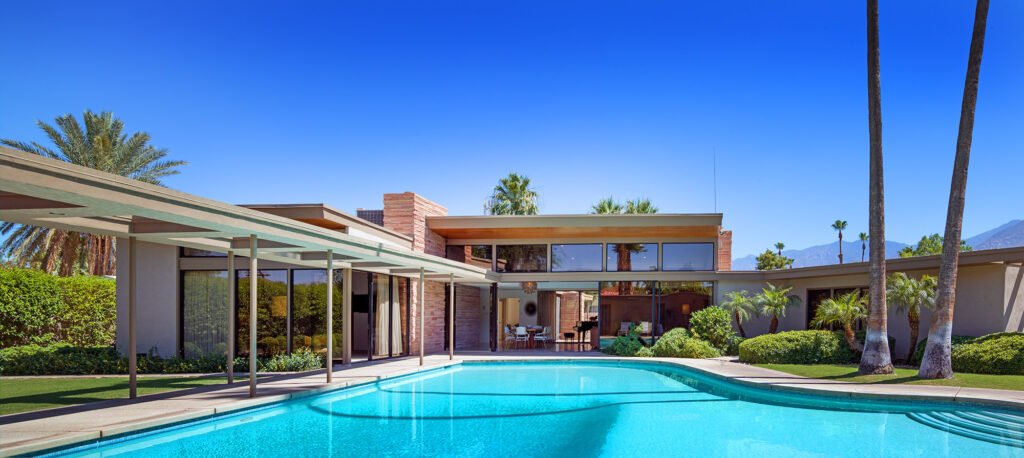
In the world of architecture and design, certain styles stand the test of time, capturing the hearts and imaginations of generations. One such enduring style is Mid-Century Modern, an architectural movement that emerged in the mid-20th century and continues to influence contemporary design. Characterized by clean lines, open spaces, and a focus on functionality, Mid-Century Modern houses remain as relevant and appealing today as they were when they first appeared.
Origins of Mid-Century Modern
The Mid-Century Modern architectural movement took root in the post-World War II era, roughly spanning from the 1940s to the 1970s. It was a response to the changing cultural and technological landscape of the time. Influenced by the Bauhaus movement and the principles of modernism, Mid-Century Modern designers sought to create homes that reflected the spirit of the age.
Key Features of Mid-Century Modern Houses
- Clean Lines: Mid-Century Modern homes are known for their clean, simple lines. They feature flat planes, large windows, and minimal ornamentation, creating a sense of harmony and balance.
- Integration with Nature: These houses often blur the boundaries between indoors and outdoors, with extensive use of large windows, sliding glass doors, and open floor plans that bring nature inside.
- Functionality: Mid-Century Modern design emphasizes functionality and practicality. Furniture and architectural elements are designed with a purpose, and clutter is minimized to create a sense of openness.
- Iconic Materials: Common materials used in Mid-Century Modern homes include wood, glass, and steel. Exposed structural elements like beams and columns are celebrated rather than hidden.
- Bold Colors: While the overall color palette tends to be neutral, Mid-Century Modern interiors often feature bold pops of color through furnishings, artwork, or accents.
Famous Mid-Century Modern Architects
- Several architects left an indelible mark on the Mid-Century Modern movement:
- Frank Lloyd Wright: Although his work predates the movement, Wright’s architectural principles strongly influenced Mid-Century Modern design, particularly his use of organic architecture and integration with nature.
- Charles and Ray Eames: Known for their iconic furniture designs, the Eameses also contributed to architectural design with their innovative and efficient homes.
- Richard Neutra: His clean-lined, geometric designs, often featuring expansive glass walls, epitomize the Mid-Century Modern aesthetic.
- Eero Saarinen: Famous for his “Tulip” chairs and “Womb” chairs, Saarinen also designed striking Mid-Century Modern homes characterized by their sculptural forms.
Enduring Popularity
One of the remarkable aspects of Mid-Century Modern houses is their enduring popularity. Even decades after their inception, these homes continue to captivate homeowners, designers, and architects alike. The timeless appeal of their design, which seamlessly blends form and function, has transcended generational boundaries.
Adapting to Contemporary Living
While the original Mid-Century Modern houses were built for a different era, their design principles are remarkably adaptable to contemporary living. Many homeowners are drawn to the simplicity and openness of these homes, which can be updated with modern amenities and technologies while preserving their iconic features.
Mid-Century Modern houses are more than just architectural relics of the past; they are living testaments to the enduring appeal of clean lines, functional design, and a deep connection with nature. Whether you’re a fan of minimalist aesthetics or simply appreciate the timelessness of good design, these homes continue to inspire and captivate, proving that some styles truly are timeless.


